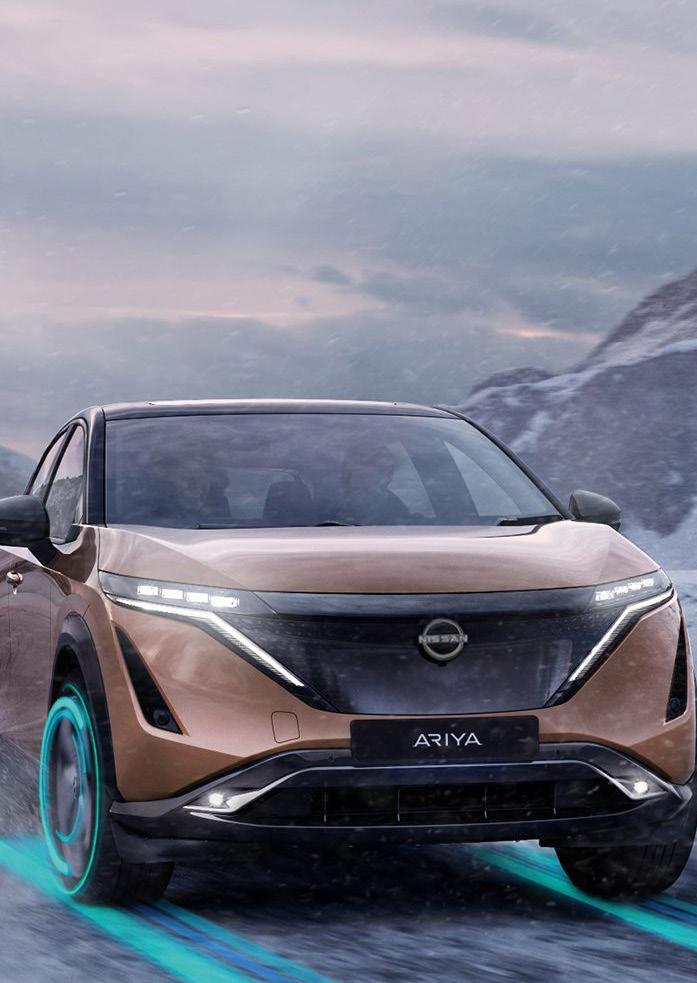
1 minute read
Timeline The Rapid Incline in EV Adoption
We’ve featured some exciting company names in Sustainability Magazine of recent. With so many global innovations in e-mobility, we take a look at the history of electric vehicles, championed by sustainable startups and some of the leading automotive organisations that are leveraging modern electric car manufacturing — the main focus for automotive giants along with renewable energy adoption.
1996
General Motors takes to electric
With multiple vehicle brands roaming the roads, General Motors was responsible for a significant stage in the EV industry. The release of the EV1. The production line was very small with only 2,500 of them produced and sold to customers in California and Arizona, US
2003
The Tesla makes its debut
In 2003, Tesla revealed its EV offering, the Tesla Roadster. The model was unveiled in Santa Monica, California and production began soon after in 2008 with 10 of the cars reaching customers in the state
2011
Nissan brings lowerpriced EVs
The release of the Nissan Leaf was perhaps a more noticeable development for consumers as, compared to Tesla, it catered for customers with lower budgets. The company went public in 2011 and has since sold more than 31,400 of the model. Nissan began selling the Leaf alongside Chevrolet, as its Volt model entered the market
2018
Electric vehicles reach sales milestone
With EV adoption increasing among consumers, sales reached one million units in Europe during the first half of 2018. This was slightly later than the global figure for vans as sales exceeded one million in 2016
2022
Electric vehicles reach sales milestone
Following the commitments made by automotive manufacturers, their are now many more EV options on the market. In February 2022, the EVs and hybrids made up around 27.5% of the global automotive market, with EVs responsible for an 11.6% market share



